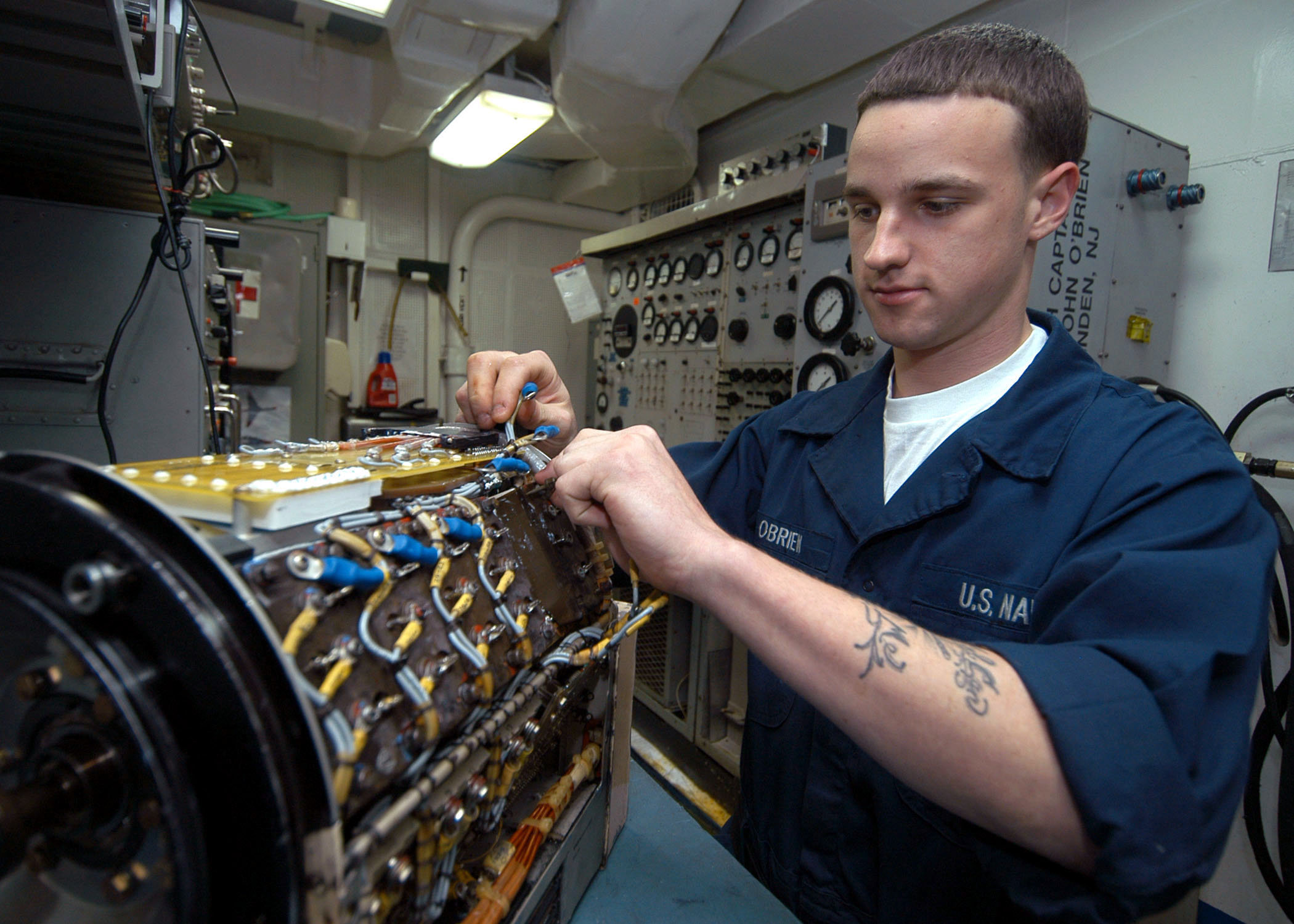Bridges are not just marvels of engineering, they are essential for connecting people and places, allowing us to travel more quickly and safely over bodies of water, valleys, and other obstacles. However, as our transportation needs become more complex and our infrastructure ages, we need to find new ways to ensure that bridges remain safe and efficient. That’s where Smart Bridge technology comes in.
So, what is a Smart Bridge? Essentially, it’s a bridge that incorporates sensors, cameras, and other monitoring devices that collect data in real-time, providing information on everything from traffic flow to temperature and structural integrity. This data can then be analyzed and used to optimize the bridge’s performance, detect and address potential problems before they become serious, and improve safety and efficiency for everyone who uses it.
Smart Bridge technology is already being used in several places around the world, and its benefits are becoming clear. For example, the Margaret McDermott Bridge in Dallas, Texas incorporates real-time monitoring of traffic and weather conditions, as well as sensors that track the bridge’s movements and structural integrity. This information is used to adjust traffic flow, control lighting, and even alert maintenance crews if a problem is detected. As a result, the bridge is safer and more efficient than ever before.
Another example of Smart Bridge technology in action is the Huey P. Long Bridge in Louisiana. This bridge incorporates a state-of-the-art monitoring system that uses lasers, cameras, and other sensors to detect any changes or movement in the bridge’s structure. If a problem is detected, the system immediately alerts engineers, who can take action to fix it before it becomes a serious safety issue.
Of course, creating a Smart Bridge requires a significant investment of time, resources, and technology. However, the benefits are worth it. By incorporating real-time monitoring and analysis, Smart Bridges can help extend the life of the infrastructure while improving safety and efficiency for everyone who uses it.
In addition, Smart Bridges can also be used to reduce the environmental impact of transportation. For example, the Energy Harvesting Active Networked Tags EnHANTs developed by researchers at the University of California-Berkeley can be embedded in bridges to generate electricity from vibrations caused by passing vehicles. This energy can then be used to power the bridge’s monitoring systems, reducing the need for external power sources and cutting down on carbon emissions.
Moving forward, it’s clear that Smart Bridge technology will play an increasingly important role in transportation infrastructure. By allowing bridges to become more responsive to changing conditions, more efficient, and safer, these technologies will help pave the way for a more connected, sustainable, and resilient future.
Smart Bridge technology represents a significant step forward in the field of transportation infrastructure. By incorporating monitoring systems that can detect and respond to changing conditions in real-time, Smart Bridges can improve safety, efficiency, and sustainability, while also extending the life of these vital structures. Whether it’s through the use of sensors, cameras, or energy-harvesting technology, Smart Bridges are revolutionizing the way we think about transportation and infrastructure, and their benefits will be felt for years to come.




